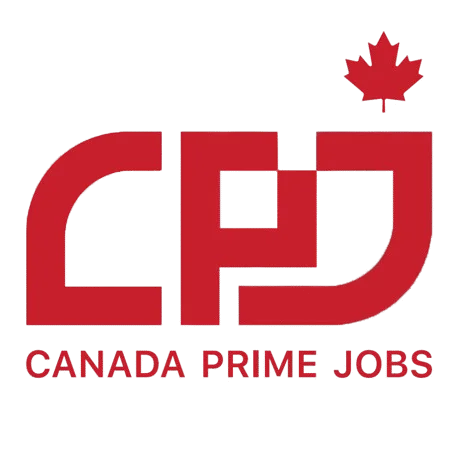
CPJ
Transforming Recruitment: The Impact of Natural Language Processing and Generative AI on Hiring Practices
Read More ➡️
tech@cpj.ai
September 8, 2025

CPJ
The Importance of Transparency in Candidate Verification: Risks and Benefits for Employers
Read More ➡️
tech@cpj.ai
September 3, 2025










